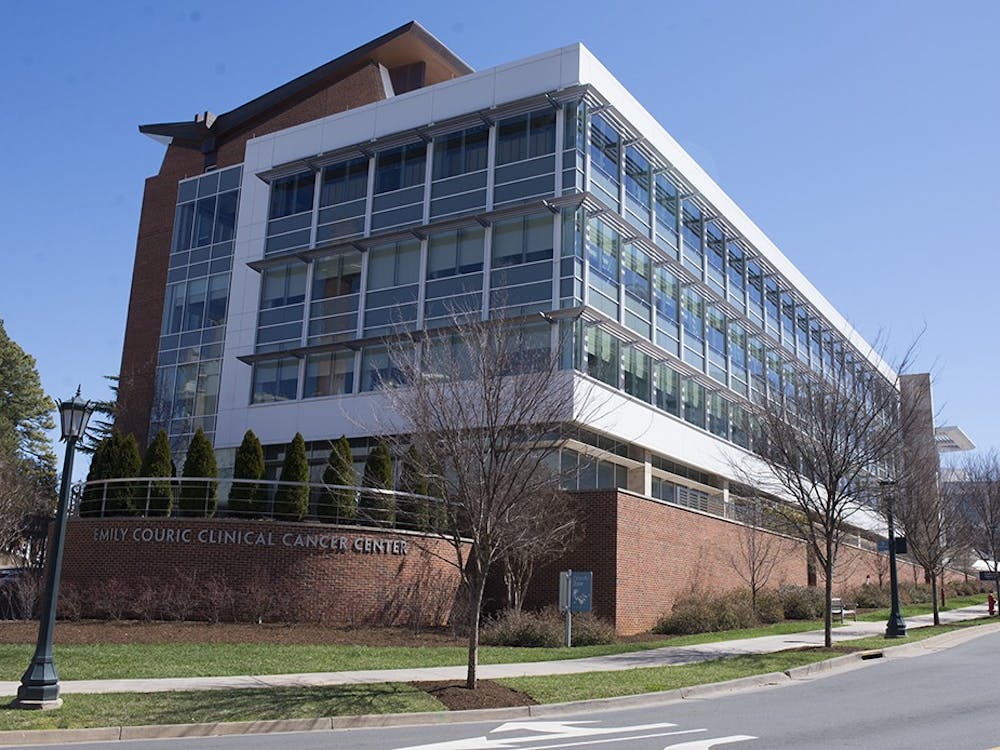As concerns about the sustainability of our society rise, consumers and manufacturers alike are reevaluating the ways products are made and the potential harms they may cause for the environment. Vehicles, home appliances and cleaners are not the only products finding eco-friendly alternatives — even the “crimson tide” is going green.
Thanks to a variety of environmentally friendly menstruation protection products, women have more options than ever before when it comes to managing their periods. These products have recently risen in popularity with the increase in concerns about the environment as well as concerns regarding the safety of tampons.
Tampons have long been associated with Toxic Shock Syndrome, which is caused by bacterial toxins which, according to the Food and Drug Administration, tampons may help facilitate. Although TSS is rare, it can be fatal, and all tampon manufacturers are required to include a warning on their packaging. Claudia Sencer, a nurse practitioner with a private practice in Charlottesville, said tampons can leave women in a catch-22.
“If you use a tampon that is overly absorbent, it creates tears in the vaginal wall,” Sencer said. “Then, if you leave a tampon in too long, the cotton provides a growth medium for bacterial toxins.”
Additionally, the FDA has also addressed the issue of whether tampons contain dioxins, which are several kinds of chemical compounds that can be produced during a particular bleaching process of the wood pulp used to make rayon, an ingredient in tampons. The FDA claims this bleaching process is no longer used, but claims trace amounts of dioxins can still be found in tampons because of decades of pollution that have released dioxins in the air, water and soil. Though the FDA asserts that such small quantities of dioxins pose no health risks, dioxins are a probable carcinogen, according to the Environmental Protection Agency.
Tampons and pads have also earned a reputation for producing a large amount of waste. According to the Center for Marine Conservation, more than 170,000 tampon applicators were collected along U.S. coasts between 1998 and 1999 , suggesting that tampons are a significant contributor to pollution.
“Every girl who is of pubescent age is on her period monthly and uses about a box of tampons,” said fourth-year Architecture student Sarah Collins, who works for Virginia Recycling and considers herself an environmental conservation advocate. “When you think about that waste just as a basic number, the volume is very large.”
The Web site for “The Keeper,” a brand name for the menstrual cup, which is an alternative to pads and tampons, asserts that the average woman throws away up to 300 pounds of tampons, pads and applicators over the course of her lifetime.
Collins explained that even though many products now encourage women not to flush cardboard and plastic tampon applicators down the toilet, many women still do simply out of habit, since they had been previously told to do. She added that plastic applicators are especially harmful to septic systems.
According to Jessica Little, current president of Feminism is for Everyone on Grounds, “even flushable products do not biodegrade before they hit sewage-treatment plants.”
Given the controversies and concerns regarding tampons, products such as the menstrual cup can be appealing alternatives. According to the manufacturers of The Keeper, the menstrual cup is made of latex rubber and is used by folding and then inserting it into the vagina, where it unfolds to create a cup to collect menstrual blood. To remove it, users pull on the stem that remains outside the body, then dump the contents of the cup into the toilet.
Sencer said menstrual cup users claim they hold longer with less leakage than tampons. And although TSS is less of a risk with the cup than with tampons, “there aren’t a lot of strong health negatives or positives, people just have personal preferences,” Sencer said.
There are, however, clear benefits of the menstrual cup compared to traditional tampons and pads when it comes to the environment. Because the cup is reusable, there is less waste. With a lifespan of up to 10 years and a cost of $35, the cup is more economical than pads and tampons, according to The Keeper’s Web site.
Because of the menstrual cup’s pro-environment reputation, last spring, former FIFE president Carly Romeo, a 2008 graduate, encouraged members of FIFE to experiment with more eco-friendly period management products.
“For the cup, most people didn’t want to worry about the potential mess [in removing it],” Romeo said. “But I think the people that did use it got over that pretty quickly, because it is so convenient and not wasteful.”
2007 College graduate Steph Shaw, who has been using the menstrual cup for nearly three years, noted “it was a more environmental choice, since so much waste is associated with traditional menstrual products.”
Shaw said despite the economic and environmental benefits to using the cup, “it is difficult to use if you’re not in a private place all day.” Since the cup must be rinsed in the sink after it is emptied, public restrooms can make it difficult to use the cup in privacy.
Even so, Shaw suggested women should at least give it a try.
“You might be a little squeamish at first, and you have to have a certain comfort level with your body,” Shaw said. “You will get to a more intimate level with knowledge of your body.”
Little noted there are a number of other options besides the menstrual cup that are better for the environment than pads or tampons, including organic tampons that are not bleached, sea sponges, which can be used and worn just like a normal tampon, and reusable pads.
“With reusable pads, you can remove the inner lining and wash them, and adjust the linings based of the flow of your cycle,” Little said. “Many people buy or make enough liners to get them through their entire cycle and have a special laundry bin for them, then, at the end of their cycle they just put them all in the wash and then they are ready to go for next time.”
Romeo, Little and Shaw have all used one of the alternative methods, and each woman said she felt good for using a product that is better for the environment than traditional pads and tampons. With so many options available to women when it comes to menstrual protection, it seems that there may be an environmentally friendly option that suits the tastes and needs of many women.






